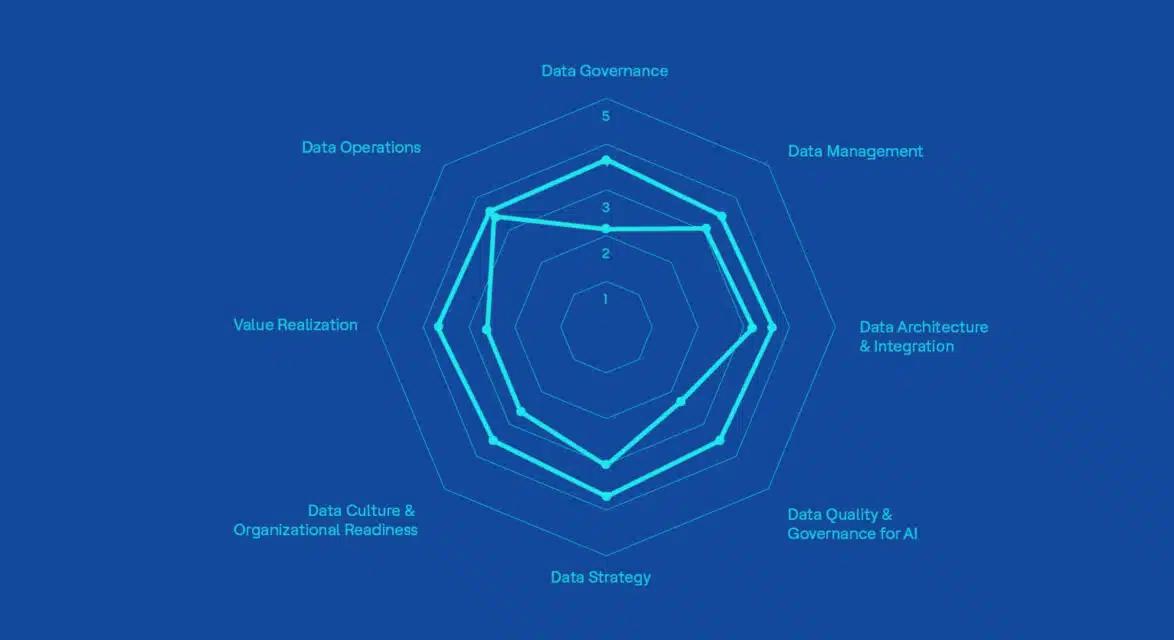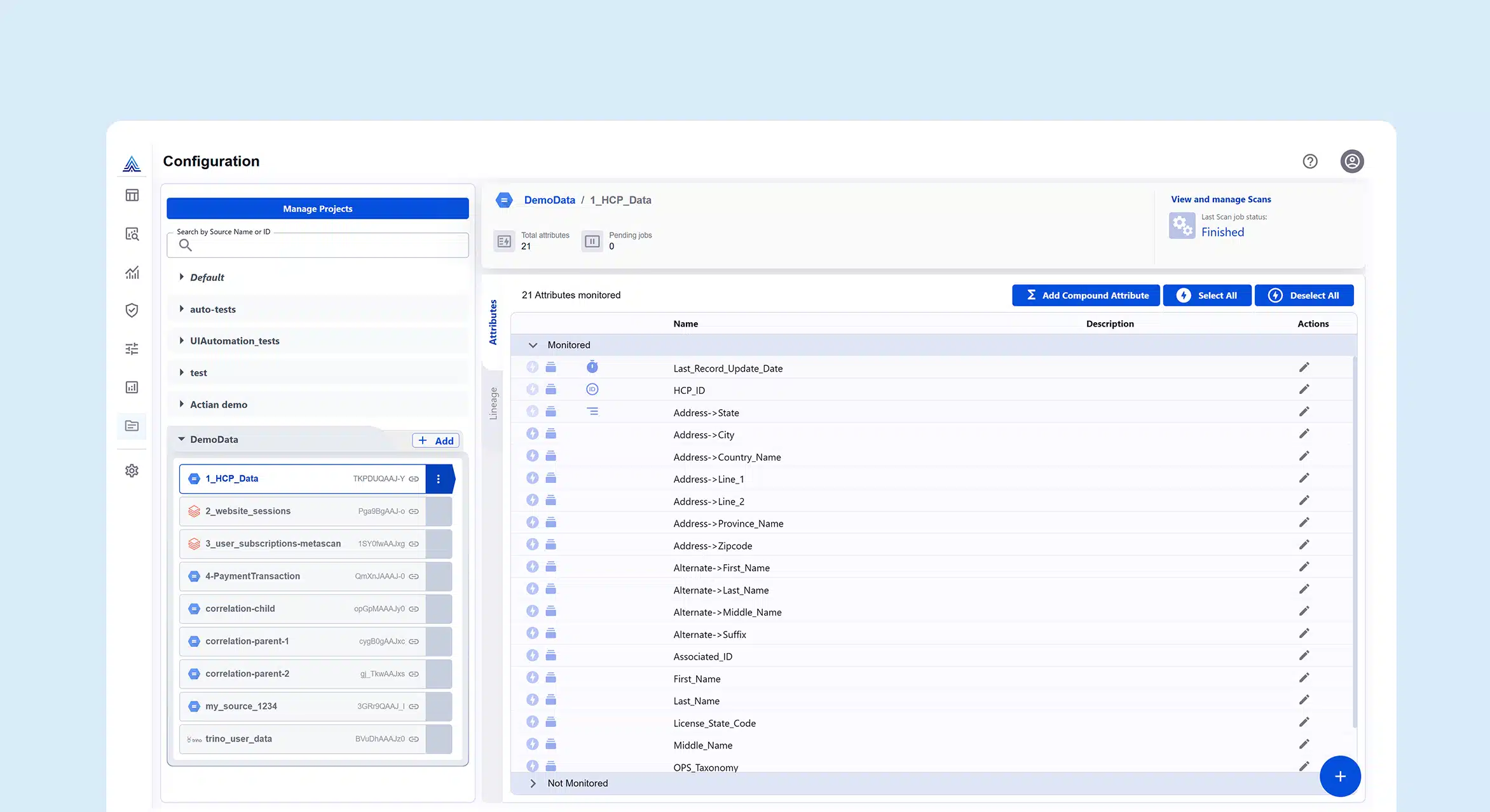Data governance has become an essential aspect of modern business operations. With organizations increasingly relying on data to drive decision-making, ensuring that data is well-managed, accurate, and secure is paramount. A data governance maturity model (DGMM) offers a framework for organizations to assess their current data governance practices, identify areas for improvement, and develop a structured approach for enhancing their data management capabilities over time.
In this article, we will explore data governance maturity models in detail, outlining how organizations can assess their existing data governance practices and improve them in a way that ensures greater data quality, compliance, security, and value creation.
What is a Data Governance Maturity Model?
A data governance maturity model is a framework used to analyze the maturity level of an organization’s data governance practices. It typically includes several stages, each reflecting the organization’s progress in areas such as data management, quality, security, and compliance. By evaluating where an organization currently stands on the maturity scale, businesses can identify gaps in their data governance processes and take steps to improve them.
Stages of a Data Governance Maturity Model
A data governance maturity model typically consists of five stages, ranging from ad-hoc and informal data management practices to fully integrated and optimized data governance. These stages can vary slightly depending on the specific model being used, but they generally follow a similar progression:
1. Initial (Ad-Hoc) Stage
At the initial stage, data governance practices are either non-existent or informal. Organizations may have little to no structure for managing their data, and data quality, security, and compliance might not be top priorities. Decision-making is typically based on limited or unreliable data.
Characteristics:
- No formal data governance framework.
- Data management is reactive, not proactive.
- Limited data quality standards.
- Inconsistent data security practices.
Challenges:
Organizations at this stage struggle with poor data quality, lack of accountability, and a high risk of data breaches and compliance violations. Without a structured approach, data-related issues are often discovered only after they cause significant problems.
2. Managed Stage
At this stage, organizations begin to develop and implement some formal data governance practices. There may be dedicated roles or teams for data management, and the organization begins to recognize the importance of data security, quality, and compliance. However, data governance is still fragmented, with some areas of the business managing data better than others.
Characteristics:
- Some data governance policies in place.
- Data governance roles (e.g., data steward) are assigned.
- Initial data quality metrics and standards are defined.
- Data security practices are improving, but inconsistent.
Challenges:
While progress has been made, organizations at this stage may still face inefficiencies due to a lack of integration across departments or inconsistent data governance practices. Silos of data governance might emerge, creating challenges in ensuring the full organization adheres to the same policies.
3. Defined Stage
At the defined stage, organizations have established comprehensive data governance frameworks and policies that are consistently applied across departments. Data governance becomes part of the organizational culture, and there is a clear understanding of roles and responsibilities. Data quality, security, and compliance are prioritized, and data management processes are more standardized.
Characteristics:
- Clear data governance policies and procedures.
- Well-defined roles and responsibilities.
- Data quality, security, and compliance are actively managed.
- Tools and technology are used to support data governance.
Challenges:
Organizations in this stage may encounter challenges related to technology adoption and the integration of new tools into their existing systems. Additionally, there may still be resistance from certain stakeholders who are not fully aligned with the governance processes.
4. Quantitatively Managed Stage
At this stage, data governance practices are well-established and integrated into the organization’s operations. The organization uses data to drive decision-making, and data management is continuously optimized through the use of advanced analytics and performance metrics. Data quality, security, and compliance are monitored on an ongoing basis, and there is a high level of automation and process improvement.
Characteristics:
- Data governance is integrated into daily operations.
- Data quality and security are continuously monitored with advanced tools.
- Data governance metrics and KPIs are tracked and reported.
- Automation and optimization of data management processes.
Challenges:
Organizations may face challenges related to scaling their data governance processes as they grow. The complexity of managing large amounts of data across multiple systems can create issues with ensuring consistency and compliance across the entire organization.
5. Optimized Stage
At the optimized stage, data governance practices are fully integrated and continuously improving. The organization is highly data-driven, with data playing a central role in decision-making and strategy. Data governance is ingrained in the organizational culture, and there is a strong focus on innovation and leveraging data as a competitive advantage.
Characteristics:
- Data governance is embedded across all functions and processes.
- Continuous improvement of data quality, security, and compliance practices.
- Data-driven decision-making at all levels.
- Innovation and the use of cutting-edge technologies (AI, ML) to enhance data management.
Challenges:
While organizations at the optimized stage experience significant benefits from their mature data governance practices, they must continue to invest in innovation, training, and staying ahead of emerging challenges such as new regulations, evolving security threats, and the need for further automation.
How Organizations can Assess Their Data Governance Maturity
To assess their data governance maturity, organizations can follow a structured approach:
- Evaluate Existing Practices: Start by documenting current data governance practices, including policies, processes, roles, and technology. This helps organizations understand where they stand in terms of governance maturity.
- Identify Key Areas for Improvement: Evaluate key aspects of data governance, such as data quality, security, compliance, and accessibility. Identify areas where processes are lacking or need improvement.
- Use the Maturity Model Framework: Use the stages of the maturity model to benchmark the organization’s current practices. This helps identify gaps between the current and desired maturity levels.
- Set Improvement Goals: Once gaps are identified, set clear, measurable goals for improving data governance. This may involve creating new policies, investing in technology, or building a data governance team.
- Implement a Roadmap: Develop a roadmap for improving data governance practices over time. This roadmap should include specific steps, timelines, and responsible parties for each phase of improvement.
- Monitor and Measure Progress: Continuously monitor progress toward maturity and adjust strategies as necessary. Key performance indicators (KPIs) can be used to measure success and track improvements.
Improving Data Governance Practices in General
To move up the maturity model, organizations can focus on several key strategies.
- Build a Strong Governance Framework: Develop clear policies, standards, and processes for data governance. Assign roles and responsibilities to ensure accountability.
- Invest in Technology: Leverage technology tools that support data governance, such as data management platforms, quality monitoring tools, and data security solutions.
- Foster a Data-Driven Culture: Promote data literacy and make data governance a priority at all levels of the organization. Encourage staff to understand the value of good data governance practices.
- Focus on Data Quality: Establish and enforce data quality standards. Regularly audit data for accuracy, completeness, and consistency.
- Ensure Compliance and Security: Stay up to date with data privacy regulations and invest in strong data security practices to protect sensitive information.
- Continuous Improvement: Data governance is not a one-time task. It requires ongoing refinement, adaptation to new challenges, and leveraging emerging technologies like AI and machine learning to optimize governance practices.
Use the Actian Data Intelligence Platform for Support in Each Stage of the Maturity Journey
A data governance maturity model provides a structured way for organizations to assess and improve their data governance practices. By understanding where they fall on the maturity scale, organizations can take targeted steps to enhance their data management, quality, security, and compliance. As data continues to play a central role in business operations, adopting and optimizing a data governance strategy is key to ensuring that data is a valuable and trustworthy asset that drives growth and innovation.
Get support with each stage of the maturity journey by taking advantage of the Actian Data Intelligence Platform. Benefit from advanced metadata management, data governance assistance, knowledge graph technology for data discovery, and more, all in one easy-to-use platform. Take an online tour of the platform today.





